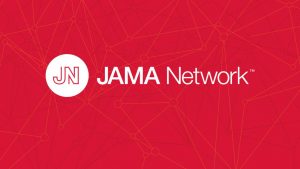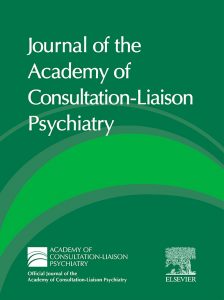Research: First 2 Months of Operation at First Publicity Recognized Overdose Prevention Centers in US
Authors: Alex Harocopos, PhD, et al.
Abstract: In New York City (NYC), there were 2,062 overdose fatalities in 2020, the deadliest year on record for NYC and the US. Fentanyl and its analogs were the most common substances involved in overdose deaths in NYC, present in 77% of such deaths in 2020. A characteristic of fentanyl-involved overdose is rapid onset of overdose symptoms; however, with timely administration of oxygen or naloxone, deaths can be averted.
In response, NYC implemented overdose prevention center (OPC) services at two syringe service programs. OPCs aim to improve individual and community health, increase public safety, and reduce consequences of drug use, including overdose deaths, public drug use, and syringe litter.
Operating in more than 10 countries, OPCs offer supervised, hygienic spaces in which people can use pre-obtained drugs and access services, onsite or by referral, to health and mental health care, drug treatment, and other social supports.
While previous research documented operations at an underground US OPC, use of sanctioned sites has not yet been studied, to the authors’ knowledge, this study describes the first two months of operation and use at the first two publicly recognized US OPCs.
Among all participants, 75.9% reported that they would have used their drugs in a public or semi-public location if OPC services had not been available.
During the first two months, trained staff responded 125 times to mitigate overdose risk. In response to opioid-involved symptoms of overdose, naloxone was administered 19 times and oxygen 35 times, while respiration or blood oxygen levels were monitored 26 times. In response to stimulant-involved symptoms of overdose (also known as overamping), staff intervened 45 times to provide hydration, cooling, and de-escalation as needed. Emergency medical services responded five times, and participants were transported to emergency departments three times. No fatal overdoses occurred in OPCs nor among individuals transported to hospitals.
More than half of individuals using OPC services (52.5%) received additional support during their visit. This included, but was not limited to naloxone distribution, counseling, hepatitis C testing, medical care, and holistic services (e.g., auricular acupuncture).
Importance: This quality improvement study found that OPCs in NYC were heavily used. Early data suggests that supervised consumption in these settings was associated with decreased overdose risk. Data also suggested that OPCs were associated with decreased prevalence of public drug use.
Availability: Published by JAMA Network




